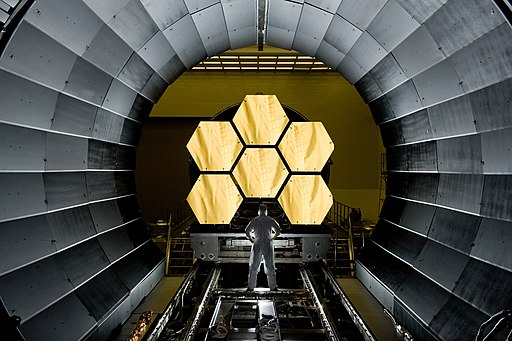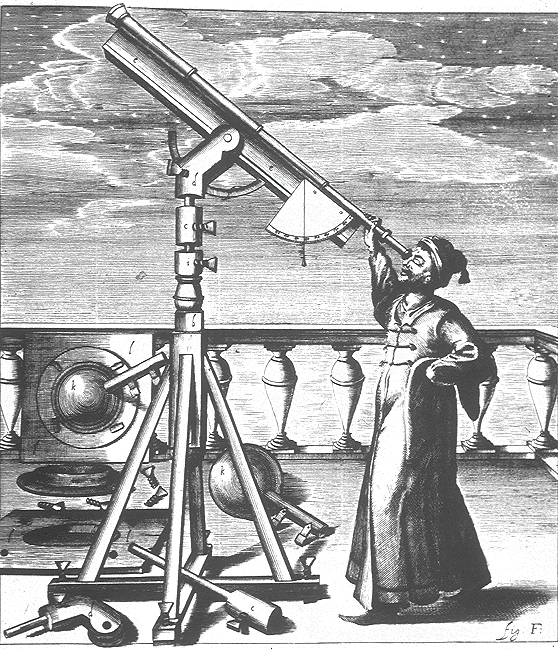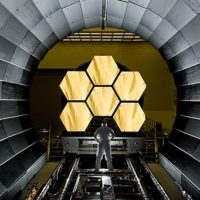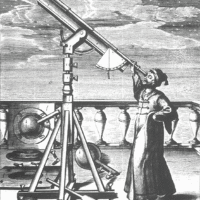It started on October 2, 1608 when spectacle-maker Hans Lippershey filed a patent with the States General of the Netherlands for his instrument “for seeing things far away as if they were nearby”. On December 18, the most advanced telescope, the James Webb, is scheduled to launch. In this first of a five part Speaker Series dedicated to the James Webb Telescope, Dr. Parviz Ghavamian will discuss the history of the telescope, investigating some of the innovations and changes in telescope design that helped astronomers push the frontiers of knowledge, from the phases of Venus (observed by Galileo) to the earliest galaxies forming in the early universe (to be observed by JWST).
Dr Parviz Ghavamian is an associate professor of astrophysics at Towson University. He received a BS in astrophysics at UCLA (1993) and Masters and PhD degrees at Rice University (1998, 2000). He spent 3 years working at the Space Telescope Science Institute where he was an observatory scientist for the Cosmic Origins Spectrograph on the Hubble Space Telescope. He’s been at Towson Since 2011. His area of interest is in high energy astrophysics, where he studies supernova explosions and the physics of interstellar shock waves.
NATURAL HISTORY SOCIETY OF MARYLAND (NHSM) has joined almost 500 sites across the country to celebrate the launch of the James Webb Space Telescope, NASA’s next great space science observatory. NHSM will offer a range of public programs beginning October 28 and running through December to bring the excitement of STEAM (science, technology, engineering, arts, and math) to anyone whose favorite words are why, how, and what.
Webb is the largest and most complex space science telescope ever built – the premier observatory of the next decade. This international mission, led by NASA in partnership with the European and Canadian space agencies, will launch in December 2021.
The observatory will provide a new view of the cosmos and push the field of astronomy into a new era. The telescope will observe the universe in the infrared, peering inside dust clouds to study light from distant parts of the universe for the very first time – the first galaxies that formed about 13.5 billion years ago – and give us insight into how our universe formed. It will also explore distant worlds in other solar systems, as well as objects in our own solar system. Webb will extend the scientific discoveries of other NASA missions like the Hubble Space Telescope, Chandra X-ray Observatory, and Transiting Exoplanet Survey Satellite.




